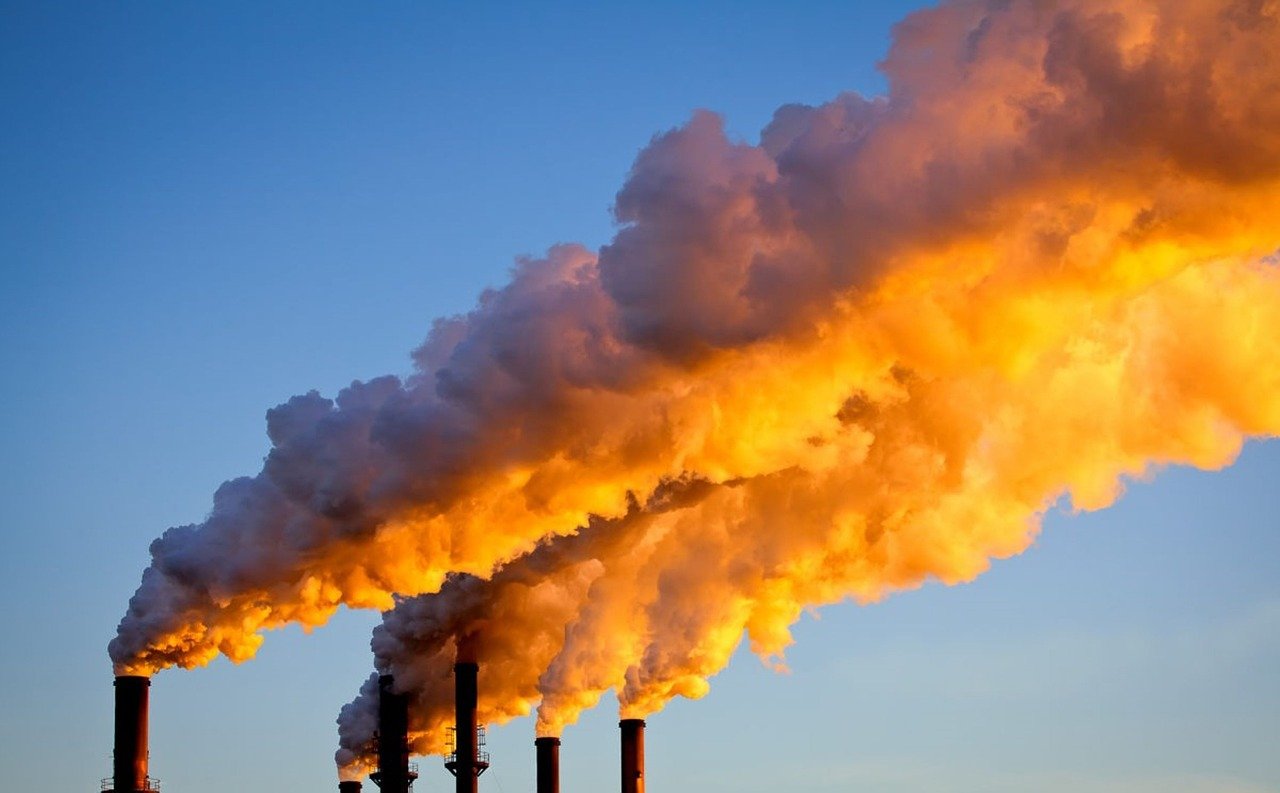Impact Investing
Greenhouse Emissions of the Spanish Healthcare Sector Increased by 1.6% in 2023
In 2023, Spanish healthcare generated 1.19 million tons of greenhouse gases, slightly below the decade’s peak in 2021. Pharmaceutical manufacturing improved sustainability, reducing emissions by 6.4% to the lowest since 2017. National emissions dropped 5.5%, with key reductions in utilities and manufacturing, though transport emissions rose. Environmental Accounting tracks emissions by economic activity and households.

Spanish healthcare activity fails sustainability. In the last year, the sector has increased its greenhouse gas emissions into the atmosphere by 1.6% compared to the 2022 figure, according to data published by the National Institute of Statistics (INE).
In total, healthcare activity generated 1.19 million tons of greenhouse gases (GHG) into the atmosphere in 2023. The figure for the last year contrasts with the improvement recorded by the sector in 2022, when emissions were reduced by 1.2%.
Greenhouse gas emissions of the Spanish healthcare sector increased in 2023 compared to 2022
Despite the increase in 2023, the figure is below the record of the decade , when in 2021 the sector generated 1.21 million tons of GHG into the atmosphere, which represented a year-on-year increase of 2.1%.
Pharmaceutical manufacturing, for its part, did improve in sustainability over the past year. The sector generated 8.57 million tons of GHG into the atmosphere in 2023, which represents a 6.4% decrease compared to the previous year. In fact, the figure recorded in the last year was the lowest since 2017, when pharmaceutical manufacturing generated 8.53 million tons of GHG.
The Atmospheric Emissions Account records emissions produced by resident economic units, both within the economic territory and outside it, according to the INE. In 2023, the country’s greenhouse gas emissions decreased by 5.5% and stood at 287.7 million tons.
Households emitted 22.9% of total greenhouse gas emissions in 2023, the manufacturing industry accounted for 22.3%, and agriculture, livestock, forestry and fishing, 16.6%.
The branches of activity that saw the greatest reduction in greenhouse gas emissions were the supply of electricity, gas, steam, air conditioning and water (18.1%) and the manufacturing industry (10.1%). Transport and storage services, on the other hand, saw an increase of 3.1%.
Environmental Accounting aims to integrate environmental information in a coherent manner into the central system of National Accounts. It comprises a set of satellite accounts, transmitted annually, prepared from accounting formats applicable to the different sectoral and territorial areas, with a strong presence of physical data. It shows the interactions between the economy, households and environmental factors.
The air emissions accounts present data on pollutant emissions into the atmosphere in a manner compatible with the System of National Accounts, recording the emitting agents broken down by branches of economic activity and households as final consumers.
__
(Featured image by DragonDash via Pixabay)
DISCLAIMER: This article was written by a third party contributor and does not reflect the opinion of Born2Invest, its management, staff or its associates. Please review our disclaimer for more information.
This article may include forward-looking statements. These forward-looking statements generally are identified by the words “believe,” “project,” “estimate,” “become,” “plan,” “will,” and similar expressions. These forward-looking statements involve known and unknown risks as well as uncertainties, including those discussed in the following cautionary statements and elsewhere in this article and on this site. Although the Company may believe that its expectations are based on reasonable assumptions, the actual results that the Company may achieve may differ materially from any forward-looking statements, which reflect the opinions of the management of the Company only as of the date hereof. Additionally, please make sure to read these important disclosures.
First published in PlantaDoce. A third-party contributor translated and adapted the article from the original. In case of discrepancy, the original will prevail.
Although we made reasonable efforts to provide accurate translations, some parts may be incorrect. Born2Invest assumes no responsibility for errors, omissions or ambiguities in the translations provided on this website. Any person or entity relying on translated content does so at their own risk. Born2Invest is not responsible for losses caused by such reliance on the accuracy or reliability of translated information. If you wish to report an error or inaccuracy in the translation, we encourage you to contact us.

-

 Fintech2 weeks ago
Fintech2 weeks agoKraken Acquires Backed Finance to Boost RWA Strategy Ahead of 2026 IPO
-

 Biotech4 days ago
Biotech4 days agoSpain Joins First EU Joint Clinical Assessment Under New Health Technology Regulation
-

 Business2 weeks ago
Business2 weeks agoMarkets Now Appear Steady, but Cracks Are Forming Beneath
-

 Crowdfunding17 hours ago
Crowdfunding17 hours agoa2censo Expands Crowdfunding Access for SMEs and New Investors
























